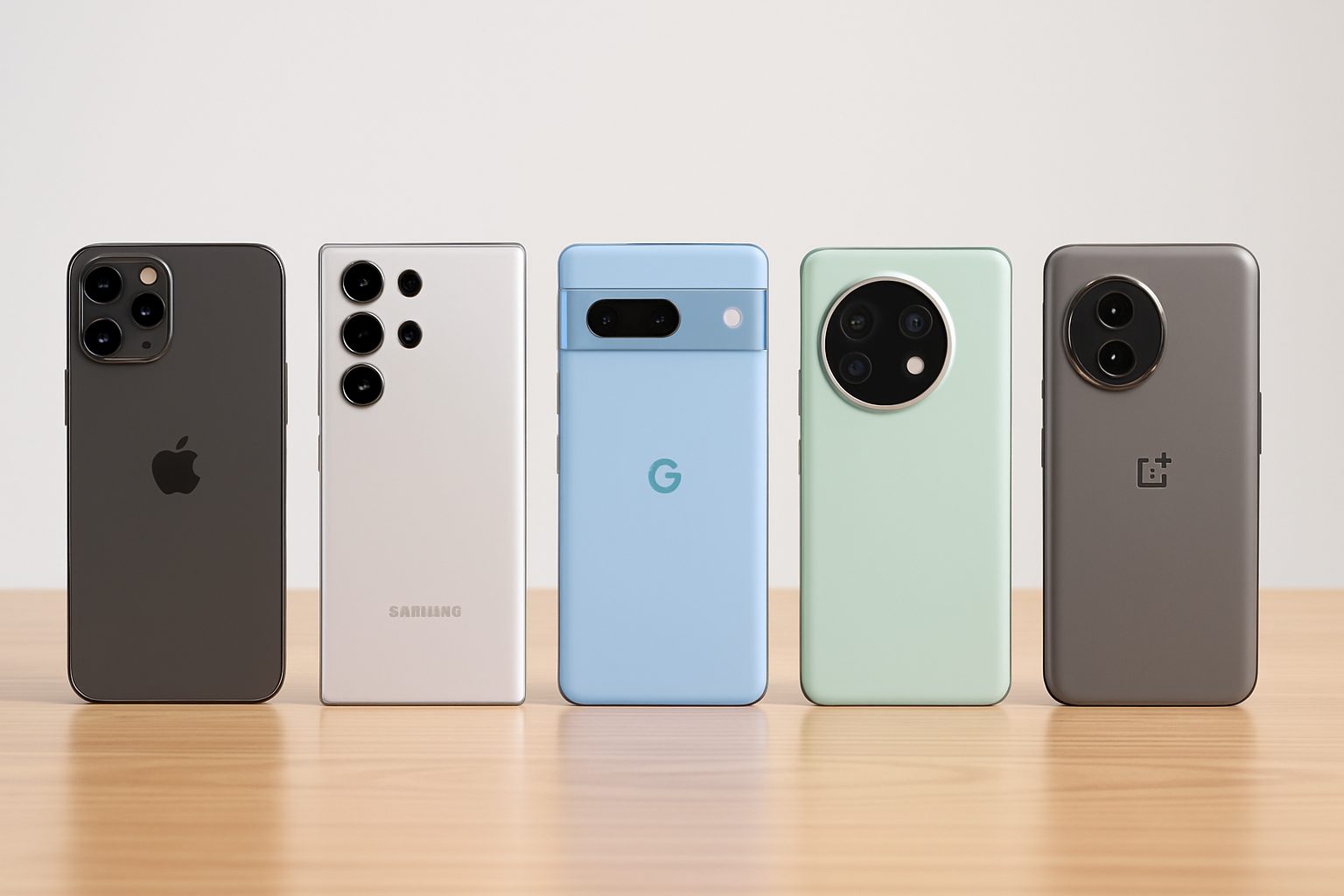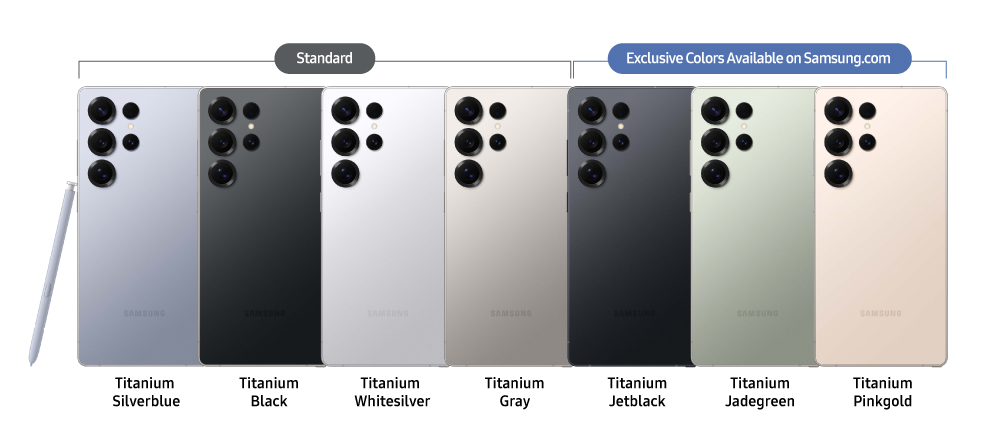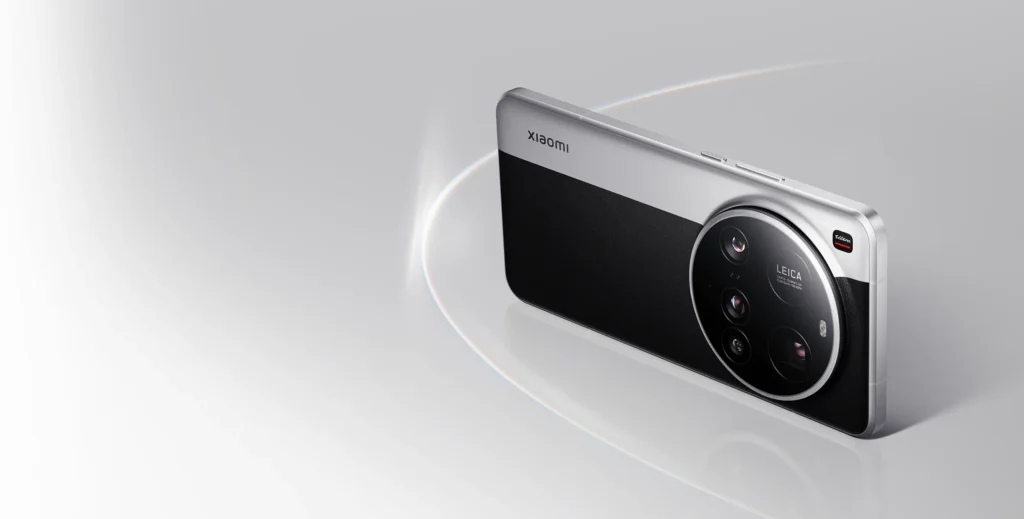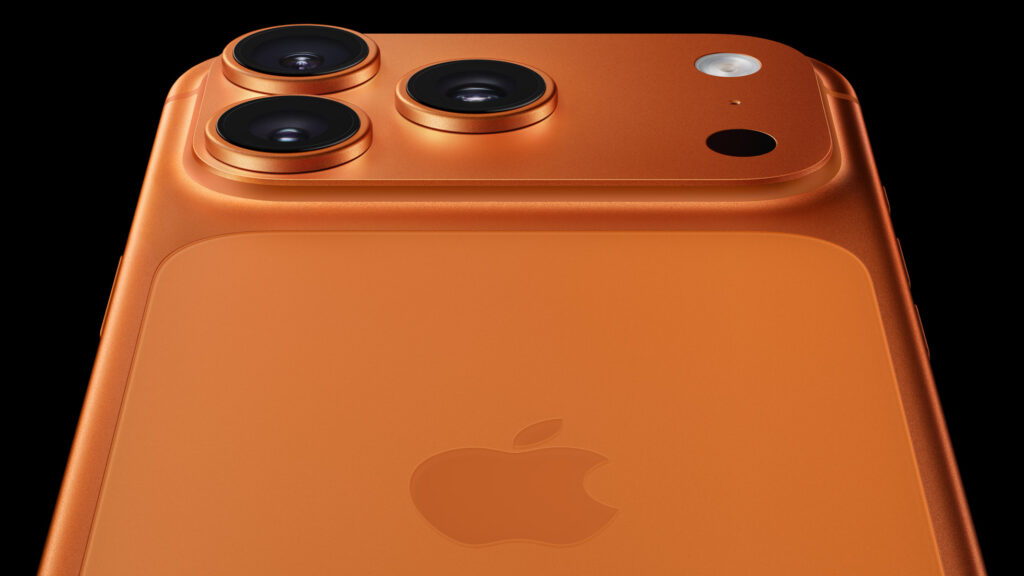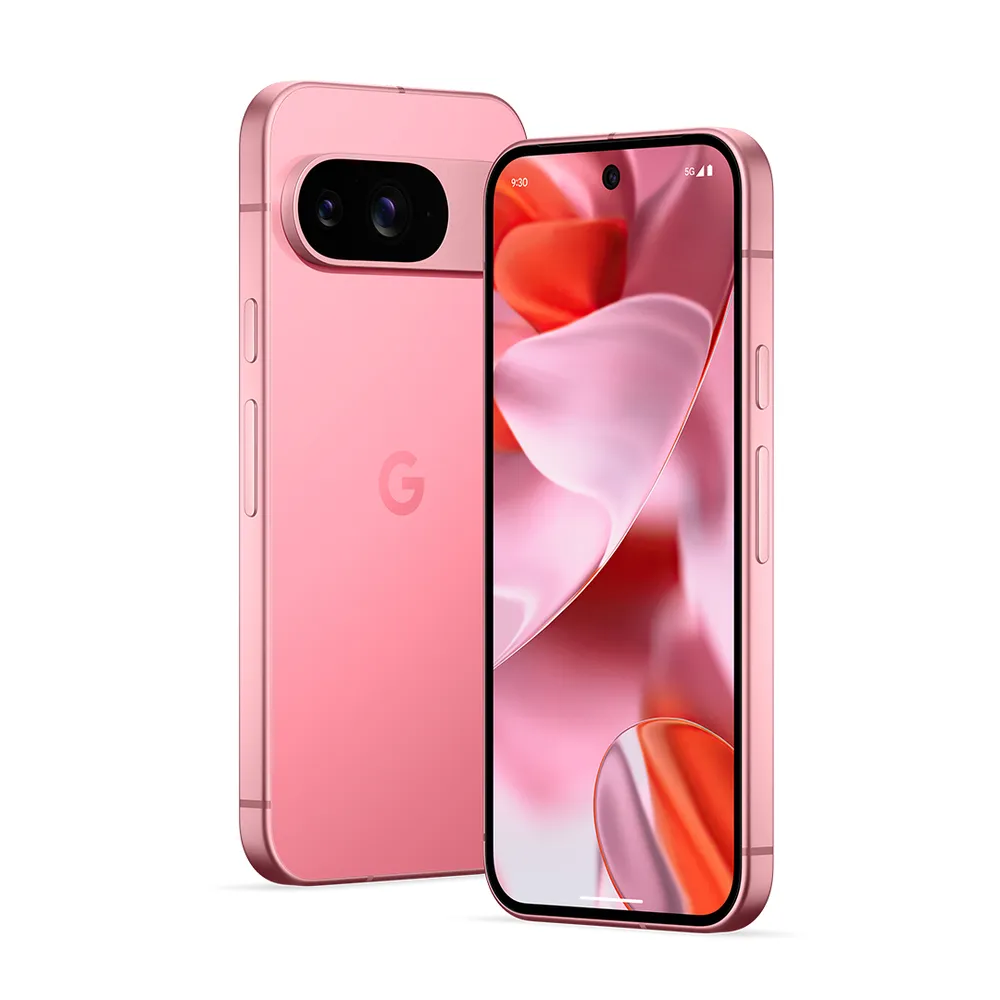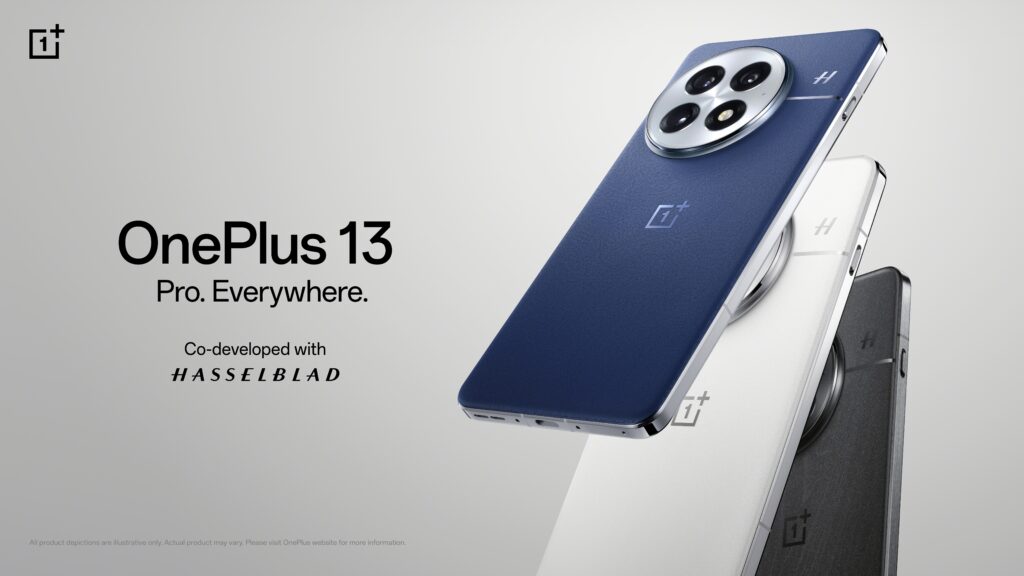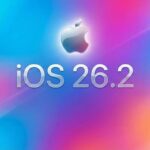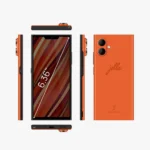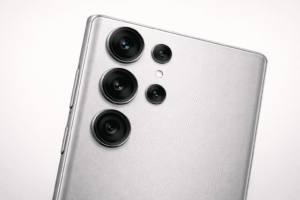Smartphone photography has reached a stage in 2025 where it doesn’t feel like an exaggeration to say that these devices can rival mid-level DSLRs in many real-world scenarios. The improvements are not just about megapixels anymore. Larger sensors, genuine optical zoom systems, sensor-shift stabilization, advanced AI processing, and pro-grade video codecs all combine to deliver results that are not only shareable but also professional. we are comparing photography not videography. Here are the top 5 Camera Phones of 2025.
1. Samsung Galaxy S25 Ultra — versatility and zoom mastery
The Samsung Galaxy S25 Ultra continues Samsung’s tradition of being the most versatile camera phone in the market. Its primary camera uses a 200-megapixel ISOCELL HP2 sensor, around 1/1.3 inches in size, with an f/1.7 aperture and optical image stabilization.
This sensor can shoot ultra-high-resolution photos but also excels at pixel binning, where multiple pixels are combined for superior low-light shots. Alongside the main sensor, Samsung has fitted a 50-megapixel ultra-wide lens and a 10-megapixel telephoto module that provides true 3x optical zoom with OIS. You can also wait for Samsung Galaxy S26 Edge which is rumoured to launch.
For video creators, the Galaxy S25 Ultra supports 8K recording, improved “Nightography” video modes, and Samsung’s AI-assisted scene optimization that makes low-light videos brighter and cleaner. In practice, this means you can walk into a concert, zoom into the stage, and still come away with sharp, detailed shots. The S25 Ultra feels DSLR-like because it combines multiple focal lengths with advanced processing, giving you options for everything from sweeping landscapes to telephoto portraits. If your budget is low you can also go for Samsung Galaxy S25 FE 5G.
2. Xiaomi 15 Ultra — the Leica-tuned stills specialist
If still photography is your top priority, the Xiaomi 15 Ultra is arguably the best choice in 2025. Xiaomi, working closely with Leica, has focused on giving photographers a DSLR-like experience in terms of both image quality and handling. Xiaomi also promises 6 years of os and security updates.
At its core is a 50-megapixel LYT-900 sensor, which is a near one-inch class sensor with large 3.2µm effective pixels after binning. It has an f/1.63 aperture and optical stabilization, paired with a 23 mm equivalent lens. The Xiaomi 15 Ultra doesn’t stop there. It offers a 200-megapixel periscope module that can reach up to 100 mm equivalent focal length, a 50-megapixel 70 mm floating telephoto lens ideal for portraits, and a 50-megapixel ultra-wide at 14 mm.
This trio of focal lengths gives photographers creative flexibility that’s rarely seen on smartphones. For video, Xiaomi supports 8K recording at 30 fps and offers 16-bit UltraRAW formats, which rival the post-production flexibility of DSLR RAW files.
In real-world use, the Xiaomi 15 Ultra produces images with remarkable texture and natural color rendering, particularly when using Leica’s photographic styles. The addition of the Photography Kit, which includes grips and physical controls, makes the phone feel even closer to a compact camera.
iPhone 17 Pro — cinematic video and consistent color
Apple has always focused on the complete imaging pipeline rather than raw specs, and the iPhone 17 Pro continues this philosophy. Its primary camera is a 48-megapixel sensor with what Apple calls “Pro Fusion” technology, offering a 24 mm equivalent focal length, f/1.78 aperture, and second-generation sensor-shift stabilization.
This sensor is complemented by an ultra-wide 48-megapixel camera at 13 mm with a 120-degree field of view, and a 12-megapixel tele lens at 48 mm equivalent that Apple markets as “optical-quality 2x zoom.” What sets the iPhone 17 Pro apart is not just the hardware but the video ecosystem it supports.
The device records in ProRes RAW, supports Log and Log2 workflows, and works seamlessly with accessories such as Blackmagic external docks. Apple’s consistent color science means that footage from the iPhone can be dropped into a professional video timeline with minimal color grading required.
The experience is cinematic, reliable, and perfect for indie filmmakers or content creators who want to shoot, edit, and publish quickly. When you compare it to a DSLR, the iPhone 17 Pro is less about pure still resolution and more about offering pro-level video tools in a pocket-sized device.
Google Pixel 9 Pro — computational excellence
Google’s Pixel 9 Pro takes a different approach. Instead of trying to outmuscle rivals with huge sensors, it focuses on computation and AI-driven imaging. Its main camera uses a 50-megapixel sensor of around 1/1.31 inches with an f/1.68 aperture and OIS. The phone also features a 48-megapixel 5x telephoto camera and a 48-megapixel ultra-wide lens with autofocus, which doubles as a macro shooter
On the front, there’s a 42-megapixel selfie camera that delivers sharp, detailed portraits. What makes the Pixel 9 Pro unique is its on-device AI processing. Features such as Magic Editor, Face Unblur, and improved Night Sight can transform an average shot into something professional-looking in seconds. Even astrophotography is supported, with long exposure and star-tracking features that make night sky photography accessible to anyone.
In real-world use, the Pixel 9 Pro shines when you want to shoot quickly and share instantly, It is powered by tensor G5 chip. While Xiaomi or Samsung may give you more manual control and hardware-driven detail, the Pixel’s computational engine ensures that even hurried shots look like they were carefully composed and edited.
OnePlus 13 — stability and action photography
The OnePlus 13 deserves an honorable mention because of its focus on fast capture and stabilization, making it a great option for sports and action shooters. Its main camera is a 50-megapixel Sony LYT-808 sensor, supported by a 50-megapixel Sony LYT-600 telephoto module with 3x Triprism optical zoom and OIS.
There is also a 50-megapixel ultra-wide Samsung sensor for sweeping shots. The real strength of the OnePlus 13 lies in its ability to freeze motion. It has some of the best electronic and optical stabilization available on a smartphone today, combined with autofocus speeds that make capturing fast-moving subjects much easier. Oneplus is set to launch it’s successor OnePlus 15.
For people who record sports events, biking footage, or even kids running around, the OnePlus 13 provides reliability. While it may not match the raw still quality of Xiaomi or the video ecosystem of the iPhone, it fills an important niche for those who prioritize responsiveness and motion clarity.
How to decide between them
Choosing between these five comes down to your specific needs. If you want the most versatile system with reliable zoom and strong all-round performance, the Samsung Galaxy S25 Ultra is the safe pick.
For pure still-image quality and manual control, the Xiaomi 15 Ultra with its one-inch sensor and Leica partnership is unmatched. If video is your focus, the iPhone 17 Pro offers the smoothest professional workflow.
If you want computational ease and consistently good results without fussing over settings, the Pixel 9 Pro is your best friend. And if you need stability and motion clarity above all, the OnePlus 13 is a reliable choice.
Frequently Asked Questions
Which phone actually has the largest camera sensor?
The Xiaomi 15 Ultra’s 50-megapixel LYT-900 sensor is the largest in this group, being close to a full one-inch in size. Larger sensors generally allow better low-light performance and richer detail.
Are these phones really replacing DSLRs?
Not entirely. While they can replace DSLRs in casual, travel, and even some professional workflows, interchangeable lenses and extreme low-light capabilities still give DSLRs and mirrorless cameras an edge. These smartphones are more about convenience and “good enough” quality that often rivals professional gear.
Which phone is best for wildlife or long-distance zoom?
The Samsung Galaxy S25 Ultra and the Pixel 9 Pro are strong contenders thanks to their true telephoto modules. Xiaomi’s 200-megapixel periscope lens also delivers impressive results for distant subjects.
Which is best for professional filmmakers?
The iPhone 17 Pro remains the leader for pro video workflows. Its ProRes and Log capabilities, along with accessory support, make it ideal for professional filming.
If I’m not a pro, which phone is best for casual use?
For casual users who want DSLR-like results with no editing hassle, the Google Pixel 9 Pro is the easiest to recommend. Its computational photography tools handle everything for you.

